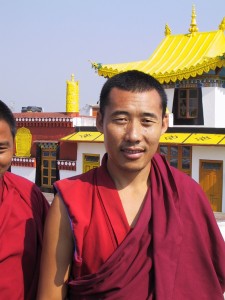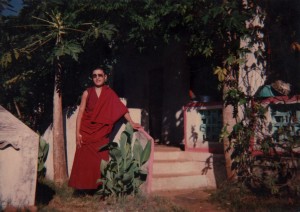
Speaking for itself and TCHRD, the World Organisation Against Torture (OMCT) read a joint statement (below) during the 25th session of the Human Rights Council condemning the People’s Republic of China’s (PRC) failure to sign the optional protocols to the Convention Against Torture and to prevent arbitrary detention, torture, and the killing of prisoners. The statement specifically focused on the gap between the PRC’s rhetoric and its practice. Despite the many well-documented cases, the PRC continues to deny that there is any torture, arbitrary detention, or persecution of human rights defenders.
The joint statement also mentioned the death of Cao Shunli, a human rights defender who died on 14 March 2014 after she was denied medical care while in imprisoned by the PRC. Other NGOs also tried to discuss Cao Shunli’s death and Chinese Human Rights Defenders tried to hold a minute of silence to honor Cao Shunli, who submitted documents on the PRC’s human rights progress to the Human Rights Council before her abduction in September 2013. The PRC was able to delay the session and block the minute of silence.


